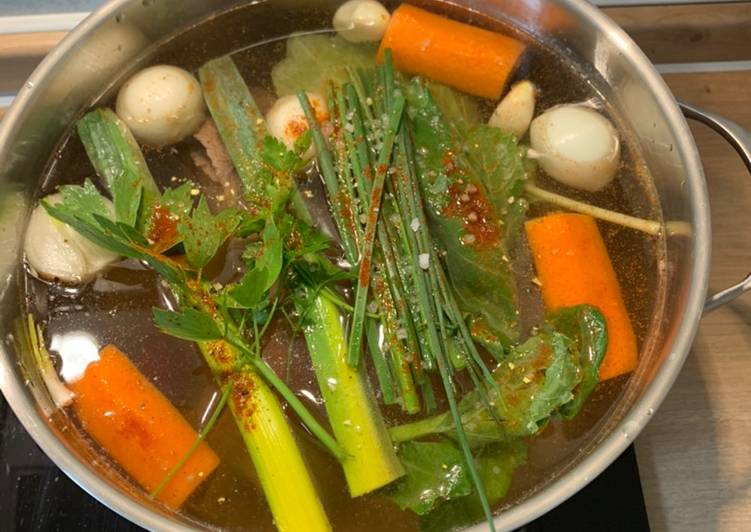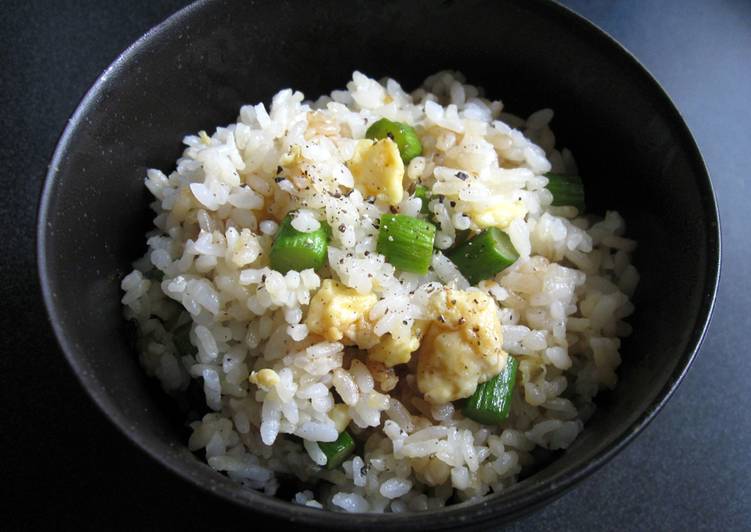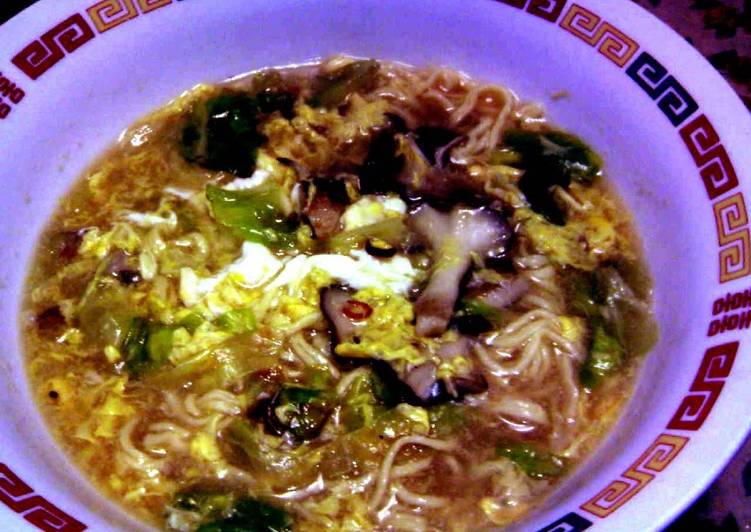
Hey everyone, I hope you are having an incredible day today. Today, I will show you a way to make a distinctive dish, traditional slovenian beef soup. It is one of my favorites. This time, I’m gonna make it a bit unique. This will be really delicious.
Traditional Slovenian beef soup is one of the most favored of recent trending foods on earth. It is enjoyed by millions daily. It is simple, it is fast, it tastes delicious. They’re fine and they look fantastic. Traditional Slovenian beef soup is something which I’ve loved my entire life.
Some people say that this music got its slang name, goveja glasba (beef music), because of its appearance on Sundays, although perhaps this name is simply due to its countryside association. It is believed that this clear beef soup originates in Vienna, and that Slovenian peasants learned how to make it from there. Traditionally in Slovenia beef soup is served with some fresh thinly sliced parsley and noodles or dumplings. Vegetables and meet from the soup are usually eaten in the next course together with some traditional stir fry potatoes with onion.
To get started with this particular recipe, we have to prepare a few components. You can cook traditional slovenian beef soup using 4 ingredients and 3 steps. Here is how you can achieve that.
The ingredients needed to make Traditional Slovenian beef soup:
- Make ready 1 kg beef thigh
- Make ready 2 + 5.5 L water
- Make ready leaves Carrot, leek, onion, broccoli
- Take Chives, thyme, parsley, turmeric, paprika, chilli powder, pepper, lovage, salt
Add sliced onions, crashed garlic, herbs and spices except salt. Traditionally, most Slovenian meals start with soup and are eaten all year round. You can find an endless variety of soups - mushroom soup, chicken soup, barley soup, " jota " (soup with sauerkraut/turnip, beans, potatoes and smoked pork or sausage), bean soup, mix-vegetable soup but the most common is beef broth with noodles. Slavic traditions are reminded by a great variety of mushroom soups and dishes, buckwheat porridge, wide application of bakery products, dumplings, as well as local equivalents of meat pockets and curd or fruit dumplings.
Steps to make Traditional Slovenian beef soup:
- Take the biggest pot you own (I usually use the one with 6 L capacity) and put beef with 2 L of cold unsalted water in it. Bring it to boiling. You should notice a bit of a foamy substance forming at the surface. After 2 mins of boiling pour the water away and wash the meat and the pot.
- Put the meat back into the pot and pour 5.5 L of cold water in it. Start heating slowly. In the meantime, wash vegetables and slice them into halves. Put them into the pot.
- Visit your spice garden. I love fresh spices and they give nice and smooth (not at all bitter) taste to the soup. I usually use thyme, chives, parsley, and lovage. At the end, sprinkle some salt, pepper, and other spices into the soup. Let slowly cook for as long as possible. Serve with noodles.
You can find an endless variety of soups - mushroom soup, chicken soup, barley soup, " jota " (soup with sauerkraut/turnip, beans, potatoes and smoked pork or sausage), bean soup, mix-vegetable soup but the most common is beef broth with noodles. Slavic traditions are reminded by a great variety of mushroom soups and dishes, buckwheat porridge, wide application of bakery products, dumplings, as well as local equivalents of meat pockets and curd or fruit dumplings. The traditional first course soup is beef soup (goveja) or chicken-noodle soup. A hearty Vegetable Beef Soup with melt-in-your-mouth slow cooked chunks of beef, potato and vegetables simmered in a herb infused savoury broth. You'll love how the broth of this beef soup recipe is slightly thickened so it's like gravy and has extra flavour from a secret ingredient!
So that’s going to wrap this up with this exceptional food traditional slovenian beef soup recipe. Thanks so much for your time. I’m confident you can make this at home. There is gonna be more interesting food in home recipes coming up. Don’t forget to save this page on your browser, and share it to your family, colleague and friends. Thanks again for reading. Go on get cooking!

